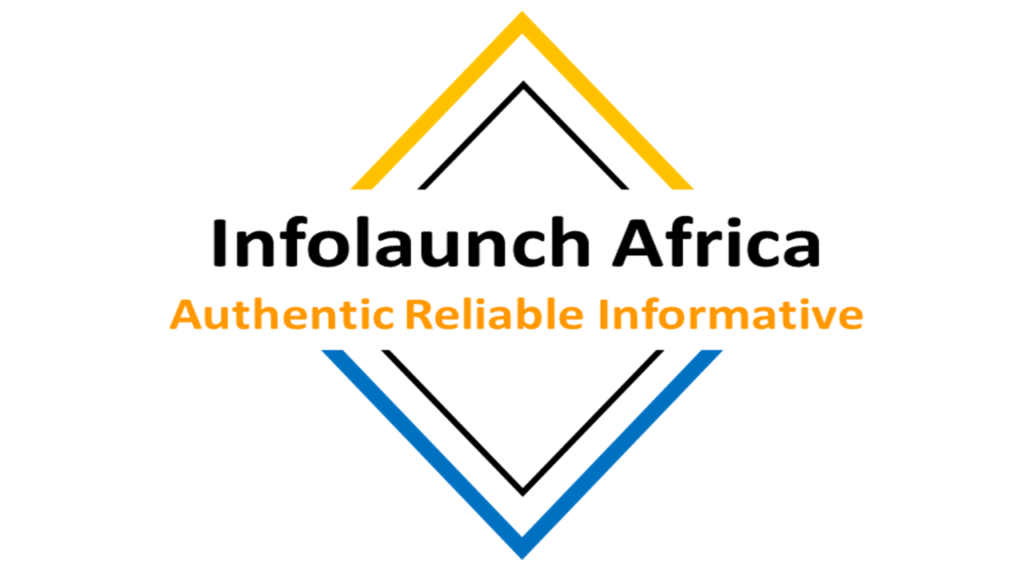
You are in charge of a new project in your company. Your manager has given you two days to demonstrate how you would begin and end. Your company has possibly not defined a project implementation methodology; the reason they have recently hired you to implement an important software project. Everyone expects that you, the expert, has the knowledge and skills to deliver the system. Despite the lack of project implementation history, the company is teeming with operational activities. It has over five business units, all of which anticipate to benefit from the software that you are building. They all have requirements; some are process requirements while others are product requirements. Some process requirements include compliance with organizational governance rules as you implement the project. Product requirements may include expected functions that some business units expect you to automate. It is evident that all business units will participate in the project. You are probably wondering how to accommodate all tasks, expectations, rules, processes, and other elements that influence your project.
Project integration refers to the knowledge area that you will apply to identify, combine, unify, and effectively manage the interaction of the above elements to satisfy all
project and organizational requirements. Identifying means that you, the PM, needs to proactively engage every stakeholder and understand their expectations. You will then be required to harmonize them i.e. assess where the elements intersect and unify them: This entails identifying which elements are common and documenting them, as well as identifying conflicting elements to engage stakeholders for common ground. Once all the elements are aligned (in a charter), you may define at a high level, a project implementation approach (Plan) based on the unified elements. Once accepted by all stakeholders, implement the approach (Direct and Manage) and coordinate through regular communication between the project team and other stakeholders. Communication will help you identify concerns and suggested changes which are logged and implemented through a formal process. Progressively, you will realize that the project will be approaching successful completion.
You could be wondering where to begin. A good practice would be to perform the seven integration processes proposed in the Project Management Body of Knowledge (PMBoK®) from the Project Management Institute (PMI®) which form a practical integration framework. These include; Develop Project Charter, Develop Project Plan, Direct and Manage Project Work, Manage Project Knowledge, Perform Integrated Change Control, Monitor and Control Project Work, and Close Project or Phase. By performing these processes, the identification, unification, and coordination is achieved.
